News Update
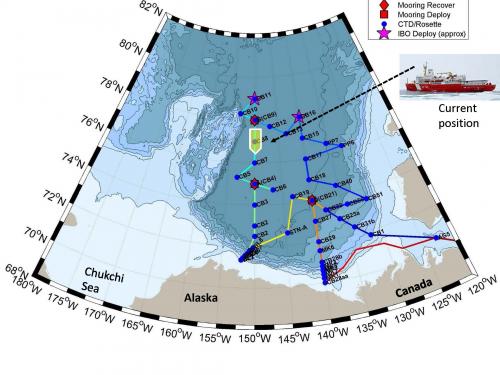
This mooring goes in "anchor first" according to Josh Mitchell the WHOI MooringAn anchor or weight attached to the sea floor used to hold a scientific instrument in place. Technician. Basically it involves lowering a 4000 pond anchor to the sea floor 3800 meters down, with all kinds of stuff strung together on a cable then finally ending with a subsurface buoy about 30 meters below the surface. Jim Ryder the Lead MooringAn anchor or weight attached to the sea floor used to hold a scientific instrument in place. Technician, follows a carefully thought out schematic step by step to get it all deployed as efficiently as possible. Jim works with the ship’s Bosun Rico Amamio, who does all the on-deck directing of the cranes and lifts and spoolers, to make it happen. If all goes well it will take 6 to 8 hours to complete and there will NOT be a tangled knot of cables, chains, clothing and science instruments on the deck when the dust has settled.
An "anchor first" mooring is just that–the anchor goes in first. It is then followed by a string of deep floats that will help to return the anchor release mechanism and the bottom pressure sensor to the surface when it is retrieved. Next in line is several very long lengths of cable followed by the profiler. The profiler travels up and down an approximately 2000 meter length of cable collecting data on various parameters of interest. Right towards the very top of the string are positioned a couple other instruments including a pair of SAMI's which will measure and record the CO2 level and pH level. Finally it is all connected to the very top piece that is the bright yellow sub-surface buoy. The photos that follow attempt to capture the deployment sequence... sort of.
Some Beaufort GyreA spiral oceanic surface current driven by the wind. Science: Arctic ClimateThe average weather over a particular region of the Earth. Climate originates in recurring weather phenomenon that result from specific types of atmospheric circulation. Decadal Variability
In the beginning of the 1960s, Z. Gudkovich (Arctic and Antarctic Research Institute) analyzed the distributions of atmospheric pressure in the Arctic. He concluded that seasonal changes of winds over the Arctic Ocean have two dominant regimes: clockwise (or anti-cyclonic) and counterclockwise (cyclonic) circulation. This observation helped improve the understanding of sea ice seasonal variability and new methods of sea ice predictions were developed. In the 1990s, A. Proshutinsky and M. Johnson simulated circulation of ice drift of the Arctic Ocean from 1946 to 1996 and corroborated Gudkovich’s hypothesis about two seasonal regimes of ice motion in the Arctic.
Moreover, they also found that cyclonic and anti-cyclonic circulation regimes alternate every 5 to 7 years with decadal periods (from 10 to 14 years). Figure 15 illustrates this decadal variability. From 1946 to 1996, there were four cyclonic and four anti-cyclonic circulation regimes. Each regime has shown pronounced anomalies in all environmental parameters: sense of atmospheric circulation and ice and ocean motion; air temperature, cloudiness, sea ice concentration and thickness, oceanic freshwater and heat content, frequency and strength of storms and storm surges, etc. There is a hypothesis that during anti-cyclonic circulation regimes (see Figure 16), the Arctic Ocean accumulates fresh water and climate of the North Atlantic tends to warm up. During cyclonic circulation regimes, the Arctic Ocean releases fresh water from the Beaufort GyreA spiral oceanic surface current driven by the wind. region and the North Atlantic climate cools down. The periods of fresh water release from the Arctic Ocean are called “Great Salinity Anomalies” (see Figure 16 for details).
Scenes from Around the Ship
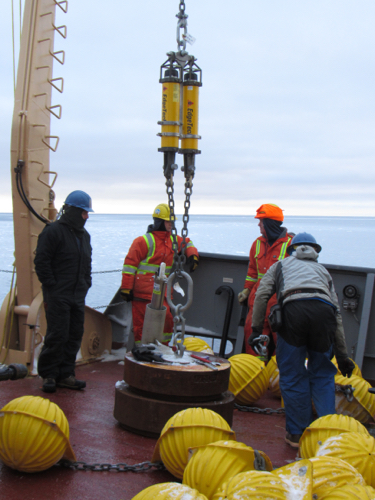
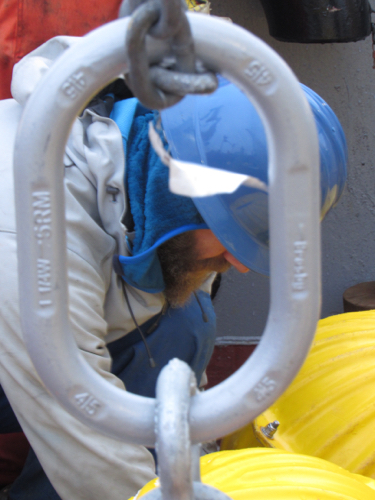
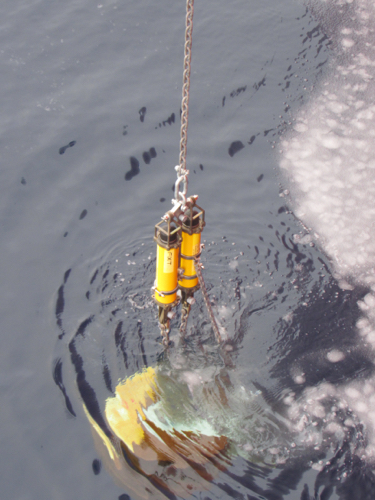
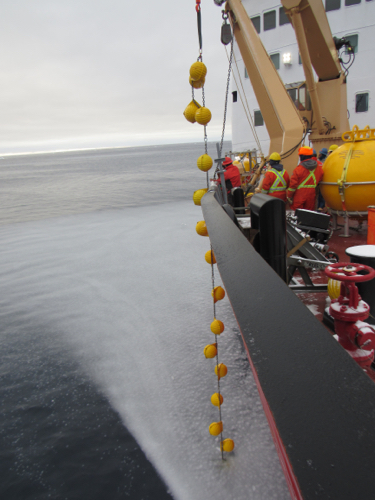
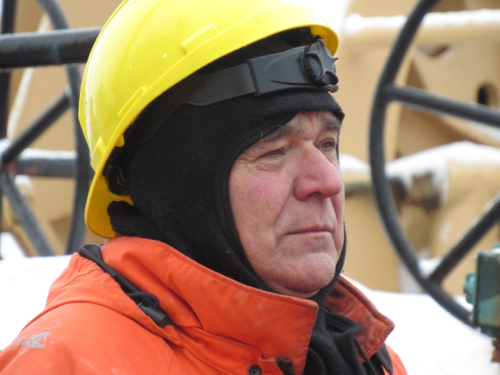
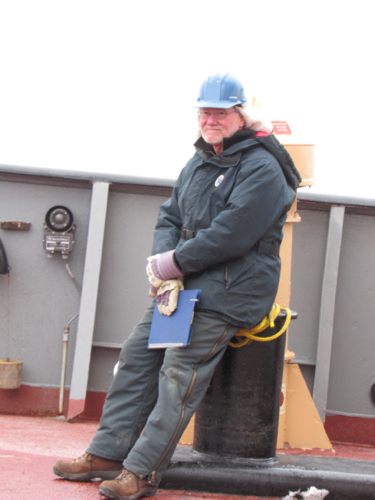
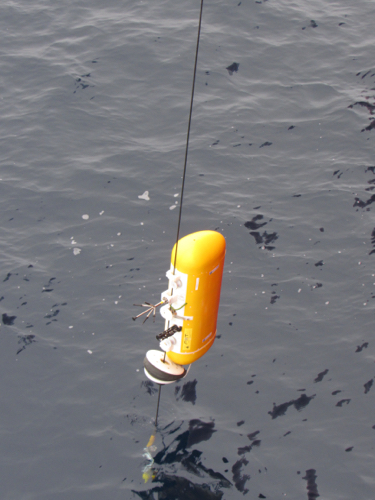
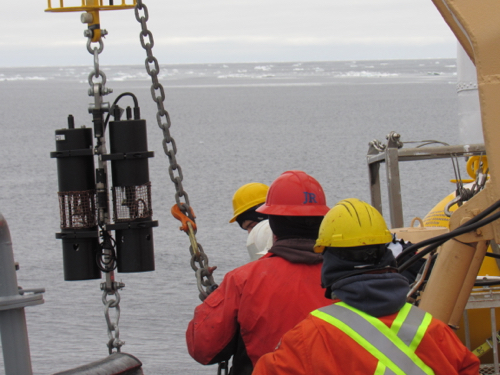
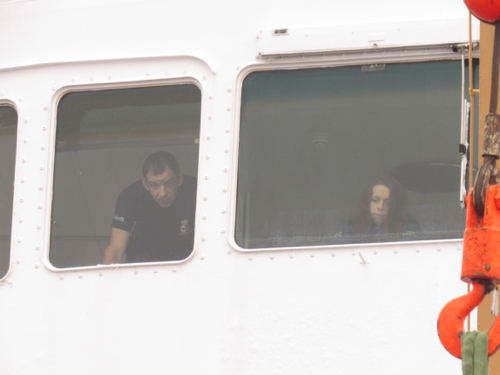
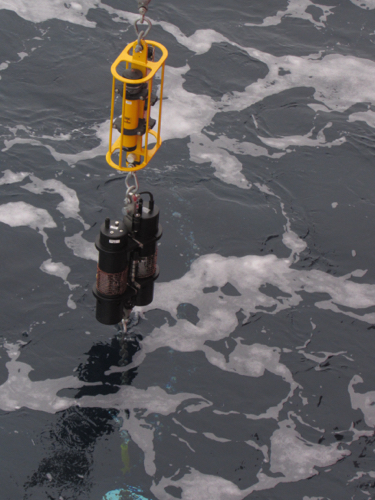
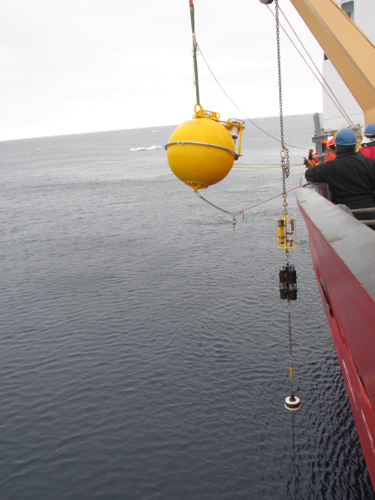
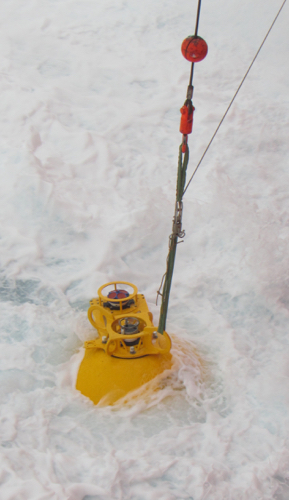
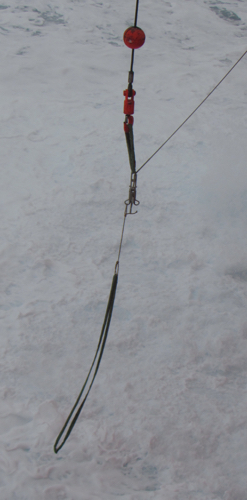
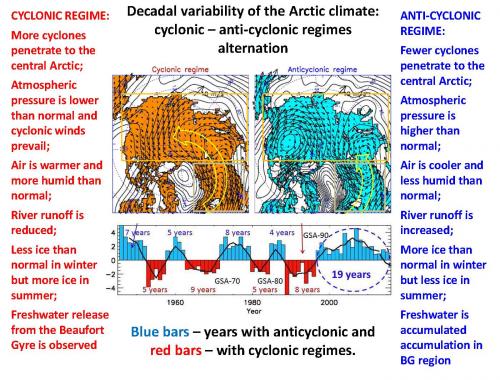
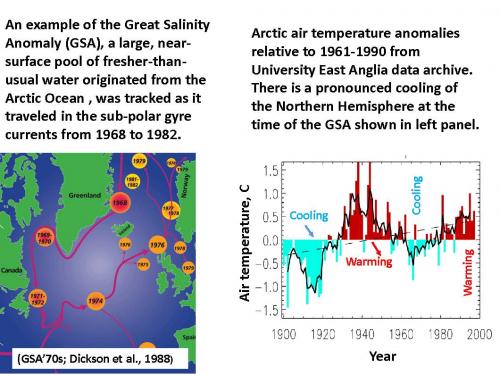


Comments